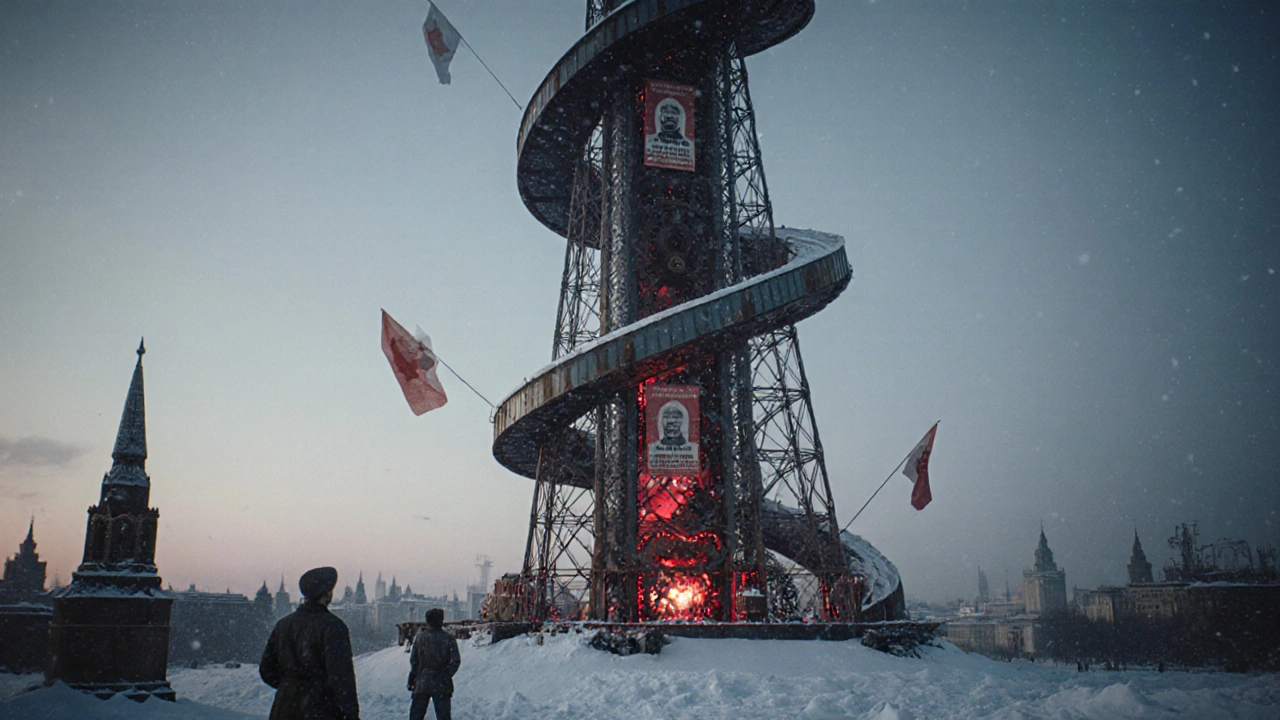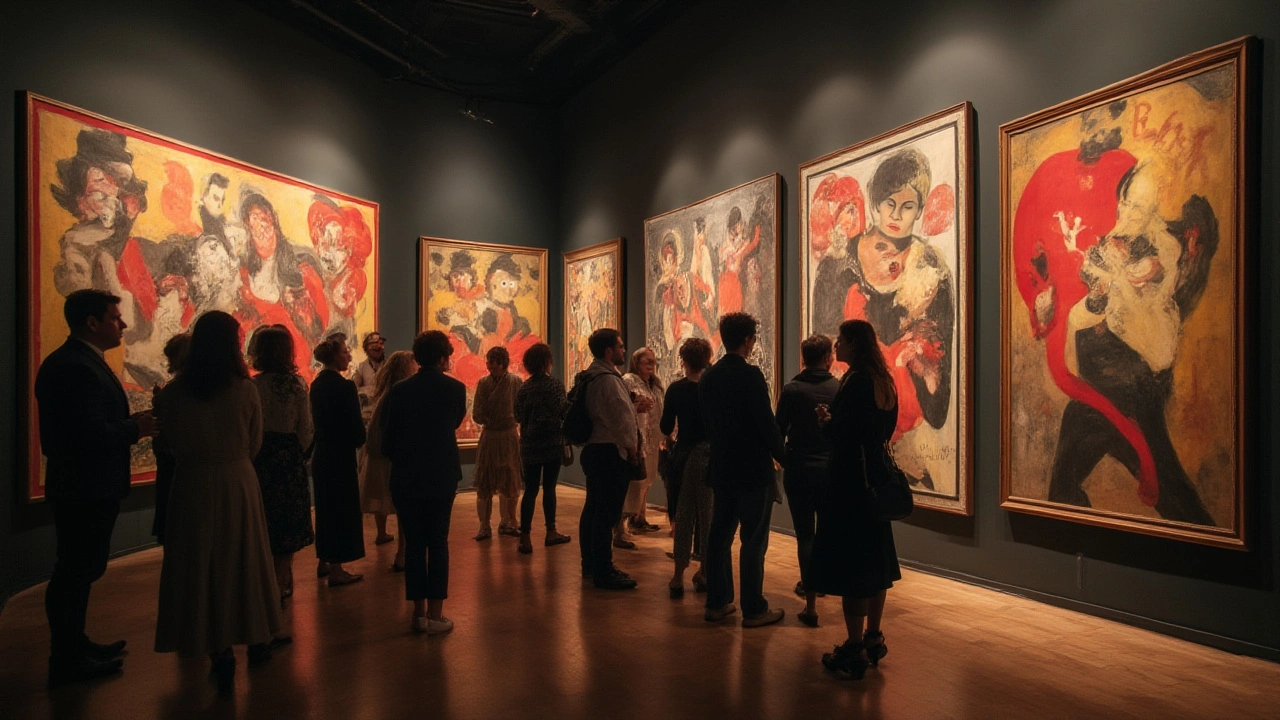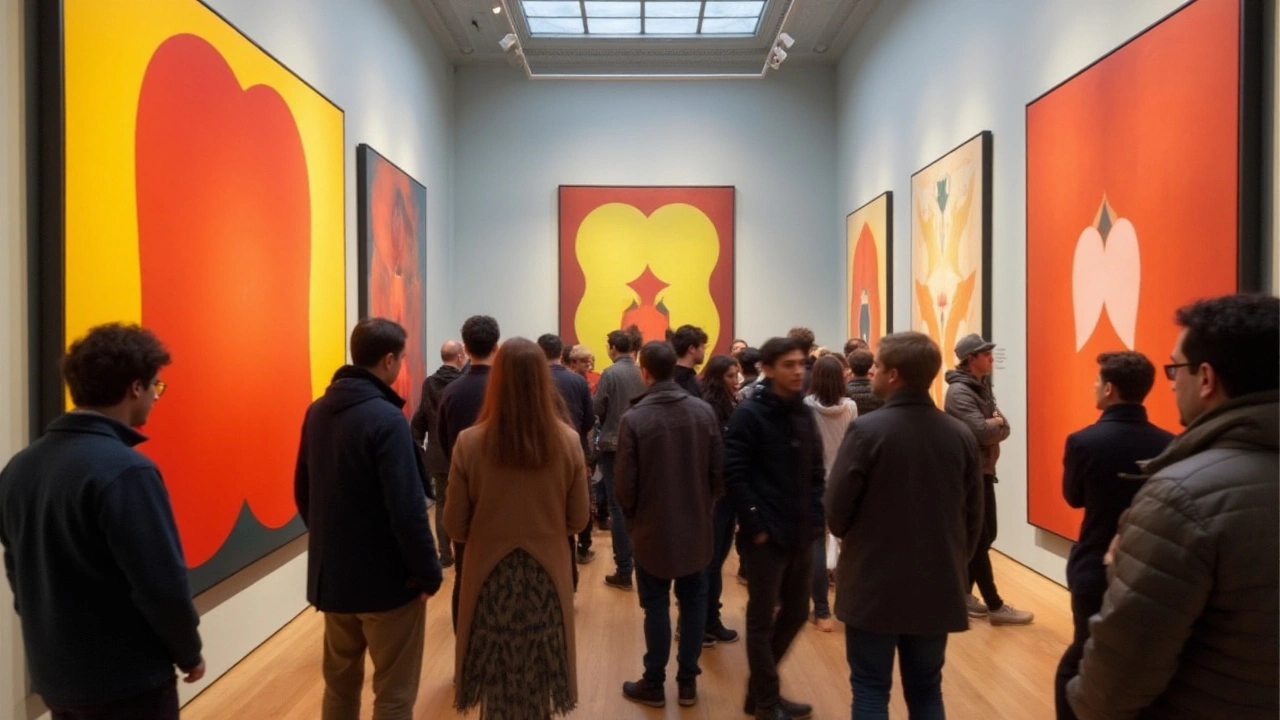Russian Avant-Garde: Bold Art, Design & Lasting Influence
Russian Avant-Garde flips how we normally think about art. It’s a short, intense era (roughly 1905–1935) that pushed painting, sculpture, architecture, and graphic design into new territory. Think geometric shapes, loud color contrasts, and a belief that art should change society — not just decorate it.
What defines the Russian Avant-Garde?
Start with two big names: Suprematism and Constructivism. Suprematism, led by Kazimir Malevich, focused on pure form — squares, circles, and color fields. Constructivism, with artists like Vladimir Tatlin and Alexander Rodchenko, wanted art to be useful. They designed posters, stage sets, and everyday objects with clear, industrial lines.
Materials and methods matter. The movement embraced collage, photomontage, factory-made materials, and new printing techniques. Photomontage and bold typography made propaganda posters powerful and readable. Sculpture moved from carved marble to metal frameworks and practical construction. Those choices still shape graphic design and product design today.
Politics and rapid change shaped the work. The revolution opened doors, and artists raced to shape the new society. That energy produced risky experiments, and later political shifts forced many artists to stop or hide their work. The result is a short but extremely influential burst of creativity.
How to use Russian Avant-Garde ideas today
Want to bring some of this into your life? Start small. Use geometric prints, stark color blocks, and simple sans-serif type in posters or cushions. Choose furniture with clear lines and functional form — Bauhaus and Constructivist ideas overlap a lot. For walls, a single abstract canvas with bold shapes can shift the whole room.
If you collect art, learn to spot photomontage and screen prints. Originals by key figures are rare, but good prints and high-quality reproductions capture the feel. Check provenance for any vintage poster and ask about paper and ink condition.
See it in person: the Tretyakov Gallery and State Russian Museum have great collections. International museums like MoMA and Tate Modern also show major works. Seeing originals helps you understand scale and texture — photos rarely do them justice.
Want to learn more? Read focused articles on Constructivism and avant-garde home décor for practical tips. Look at photomontage examples to see how artists combined images and type for strong visual messages. Try a small project: design a poster with three shapes, two colors, and a bold word. It’s a quick way to feel how the movement works.
Russian Avant-Garde is raw, clear, and purposeful. It gives you tools: bold geometry, functional design, and fearless composition. Use those tools and you’ll see why this short period still rewires how we make and use visual things today.



